Improving Poor Farmers' Livelihoods through Postharvest Technology
Sorry, we have no imagery here.
Sorry, we have no imagery here.
Sorry, we have no imagery here.
Sorry, we have no imagery here.
Sorry, we have no imagery here.
Sorry, we have no imagery here.
Sorry, we have no imagery here.
Sorry, we have no imagery here.
Sorry, we have no imagery here.
Sorry, we have no imagery here.
Sorry, we have no imagery here.
Sorry, we have no imagery here.
To navigate, press the arrow keys.
Details
|
Project |
37666-012 |
|
Related Projects |
Search |
|
Type |
Grant |
|
Sector |
Agriculture, Natural Resources and Rural Development |
|
Country |
Regional |
|
Start |
2003 |
|
End |
2010 |
|
Status |
Closed |
|
Last Edited |
05 Jul 2021 |
Project Description
The overall objective is to address food security issues and to improve the livelihoods of poor farmers by reducing postharvest losses in rice. The objective will be achieved by building the capacity of farmers intermediary institutions(FIIs) that can effectively extend information and empower farmers. The immediate objectives are to (i) reduce losses due to poor postharvest techniques and storage that results in spoilage, wastage, and quality deterioration; (ii) strengthen rice milling technology to reduce loss during milling and improve the quality of milled rice; (iii) increase farmers- financial return on rice through better understanding of the rice market; and (iv) establish a network of postharvest practitioners that will continue to build postharvest information and technology, share market intelligence, and deliver information to poor farmers.
Progress
(as of March 2021)
Project closed
News and Multimedia
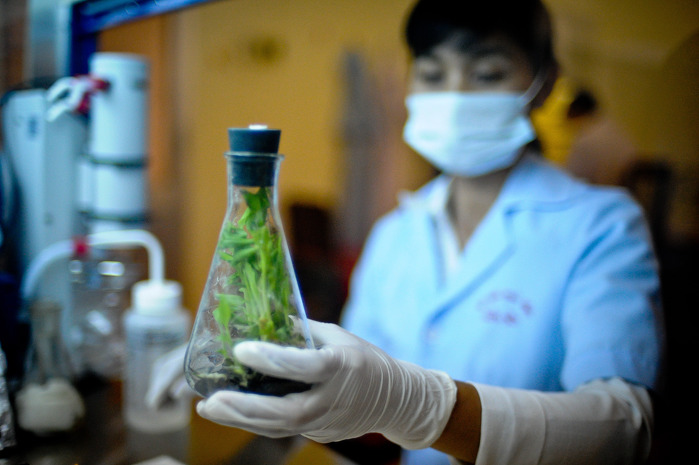
Technicians from the government conducts regular testing and evaluation of vegetables being grown by farmers.
Source: ADB Flickr
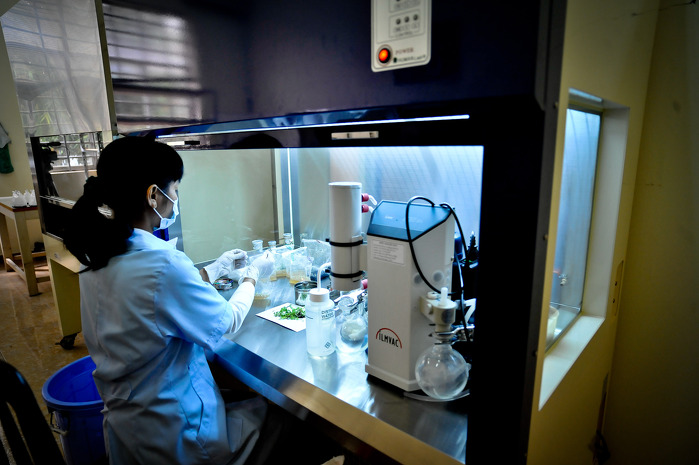
Technicians from the government conducts regular testing and evaluation of vegetables being grown by farmers.
Source: ADB Flickr
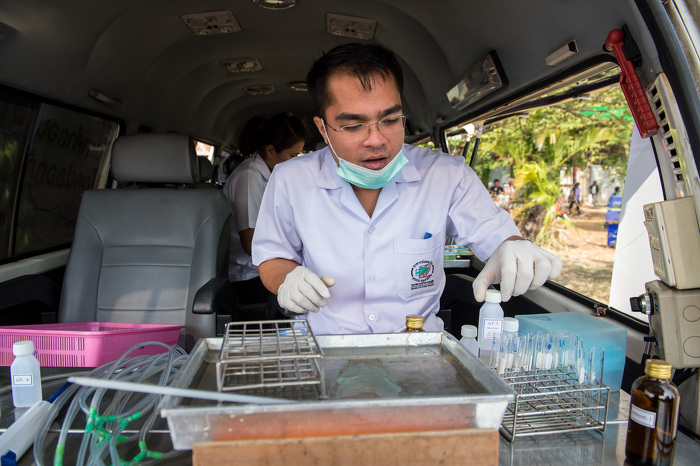
Technicians from the government conducts regular testing and evaluation of vegetables being grown by farmers.
Source: ADB Flickr
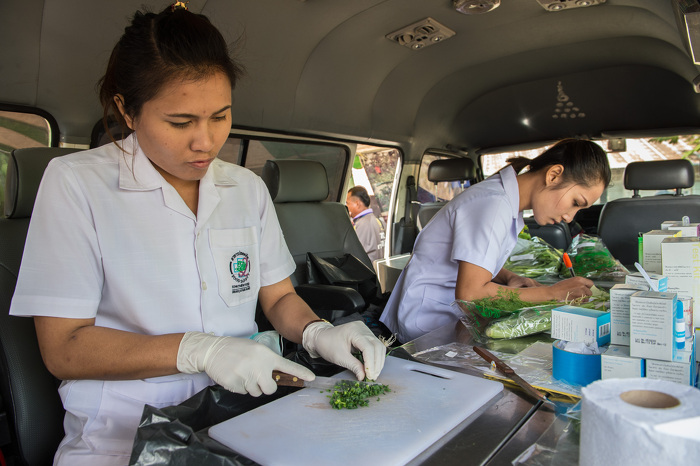
Technicians from the government conducts regular testing and evaluation of vegetables being grown by farmers.
Source: ADB Flickr

Technicians from the government conducts regular testing and evaluation of vegetables being grown by farmers.
Source: ADB Flickr
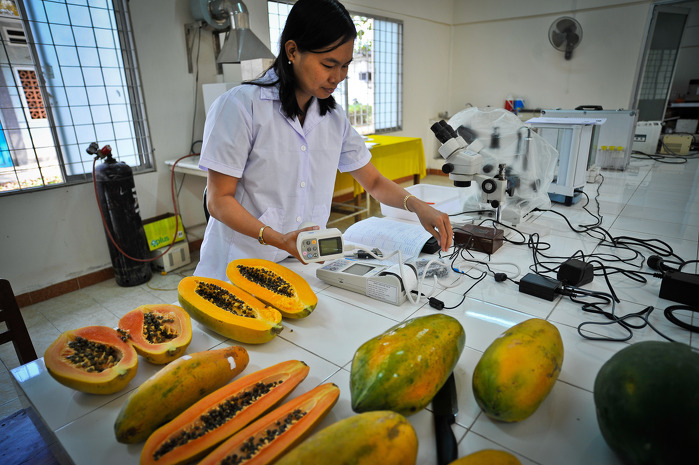
Technicians from the government conducts regular testing and evaluation of vegetables being grown by farmers.
Source: ADB Flickr
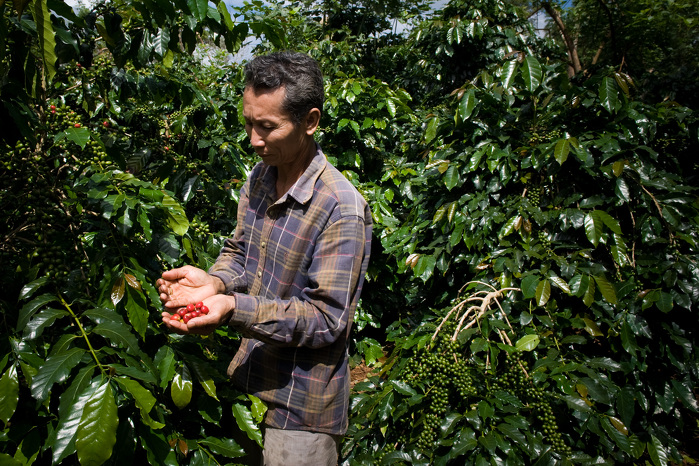
A happy farmer that benefited from the postharvest technology.
Source: ADB Flickr
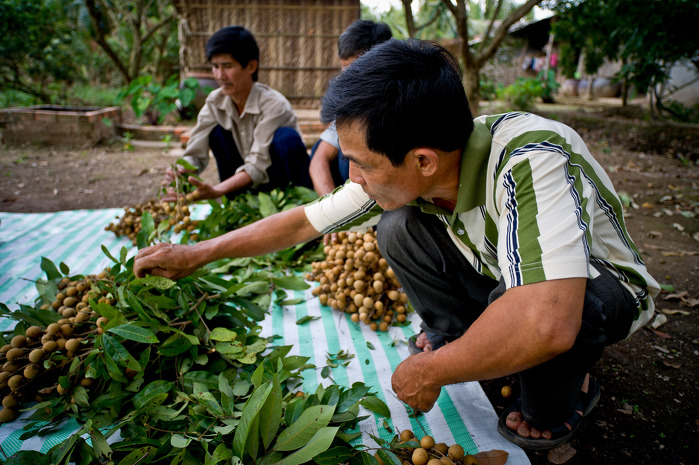
Farmer Vo Van A, who manages 232 longan trees,benefited from the project.
Source: ADB Flickr
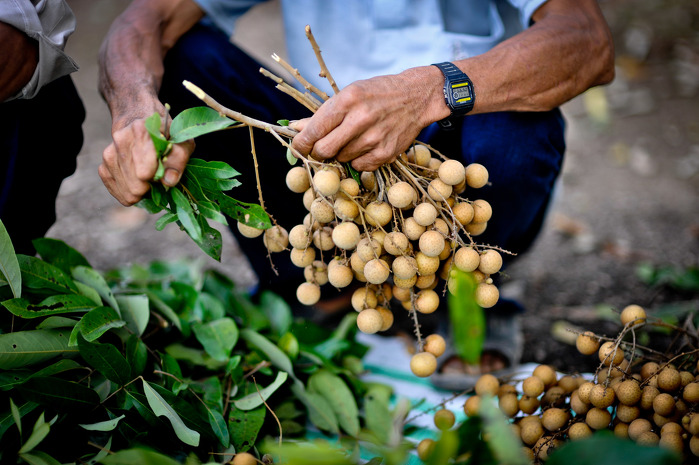
His longan production has substantially increased. "The meetings help you learn from others, and also about new techniques available," says Mr. Vo.
Source: ADB Flickr
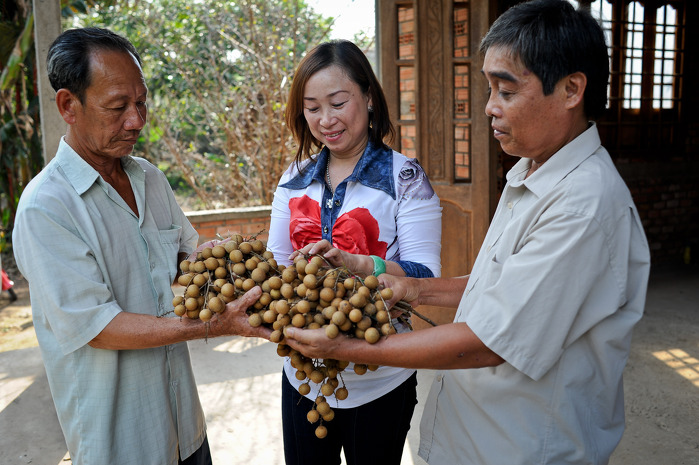
Farmers attending monthly cooperative meetings where marketing information is shared, and farming standards are set.
Source: ADB Flickr
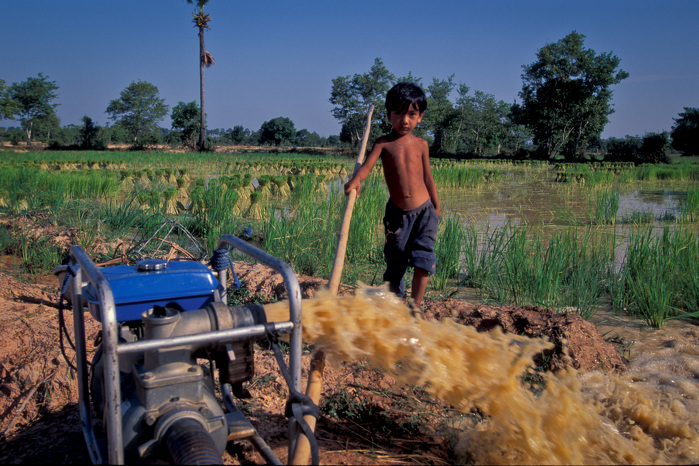
Pump used to irrigate rice fields.
Source: ADB Flickr
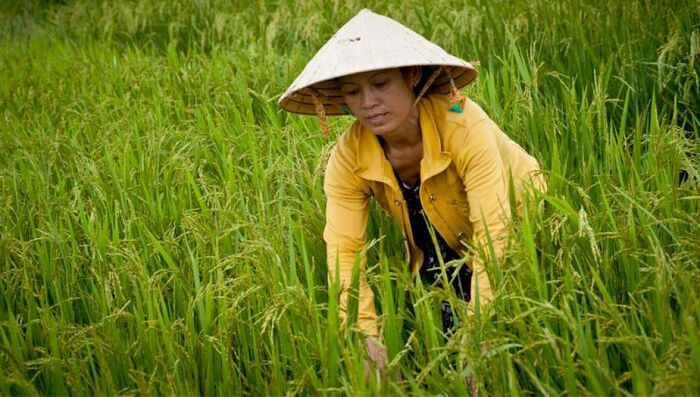
Farmers enjoying better harvest.
Source: ADB Flickr

Farmers enjoying better harvest.
Source: ADB Flickr
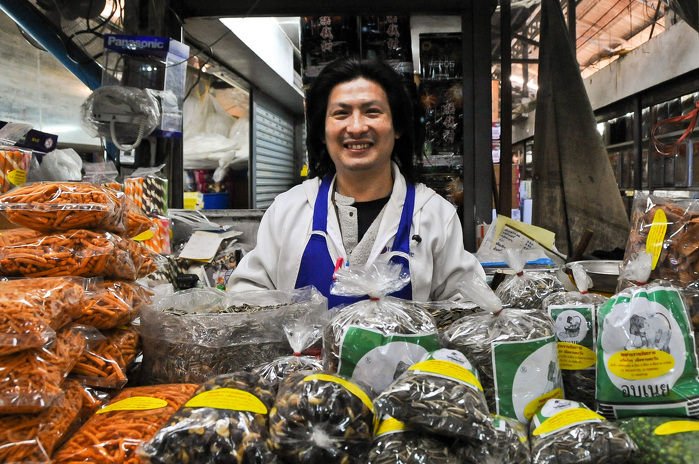
Farmers enjoying better harvest.
Source: ADB Flickr
- Three farmers intermediary institutions in each GMS country capable of training farmers in cost effective postharvest technologies, needs analysis, market survey analysis, and effective extension of information to farmers. At least 800 poor households in 8 villages (2 villages in 2 regions in each country achieved greater return on rice; at least 10 rice millers utilizing improved rice milling techniques; and changed in postharvest practices and decreased losses observed; meetings of a network of postharvest practitioners exchanged information initiated at national and regional levels; and an operational plan to continue activities.















